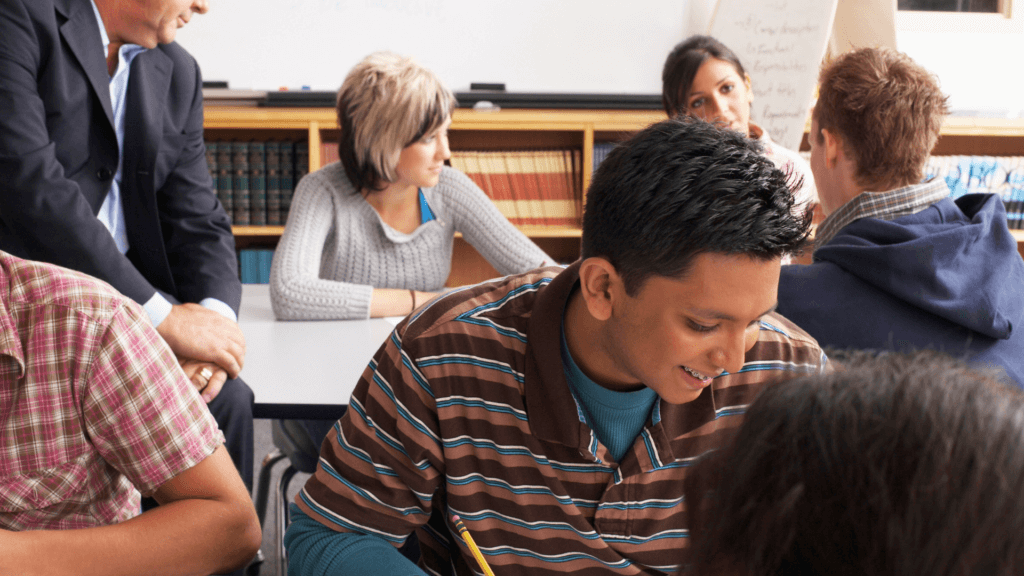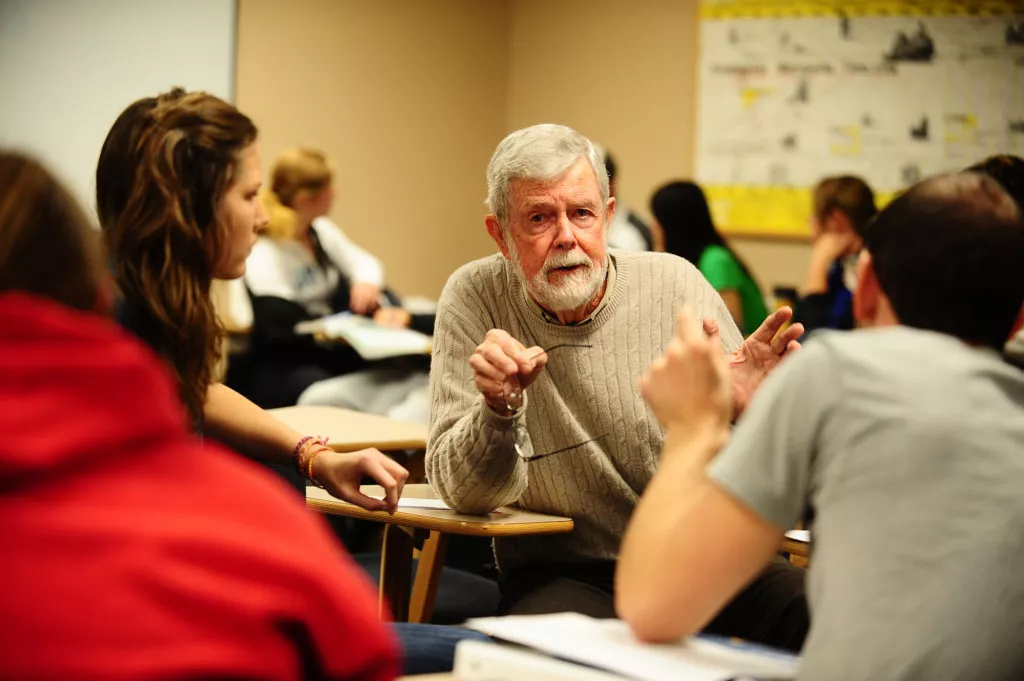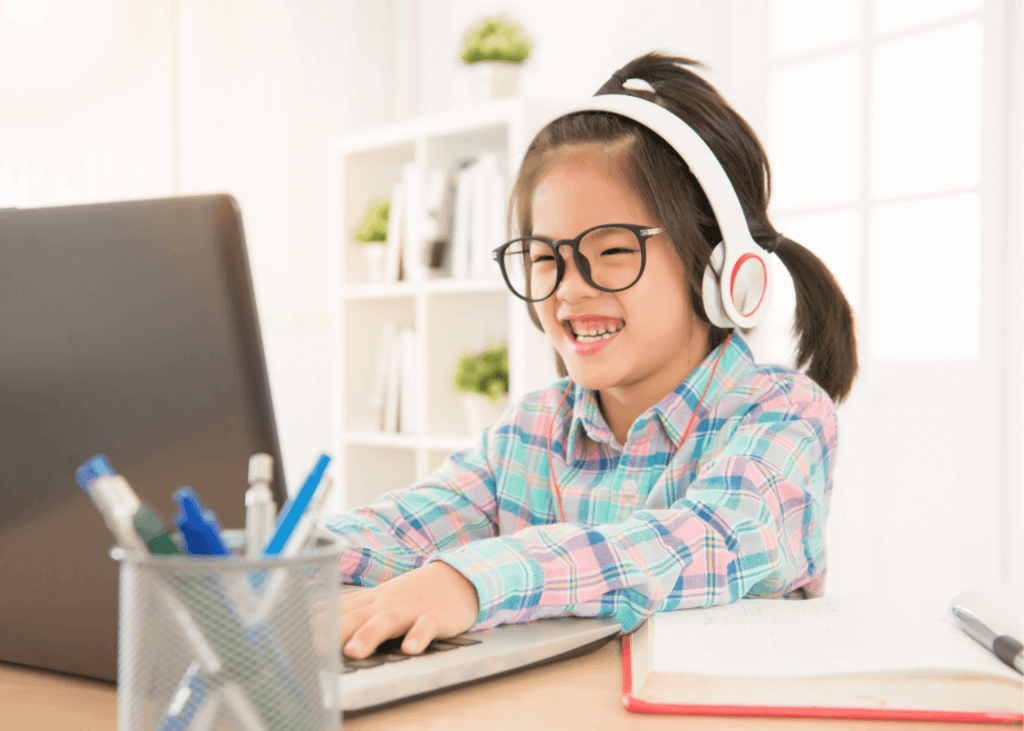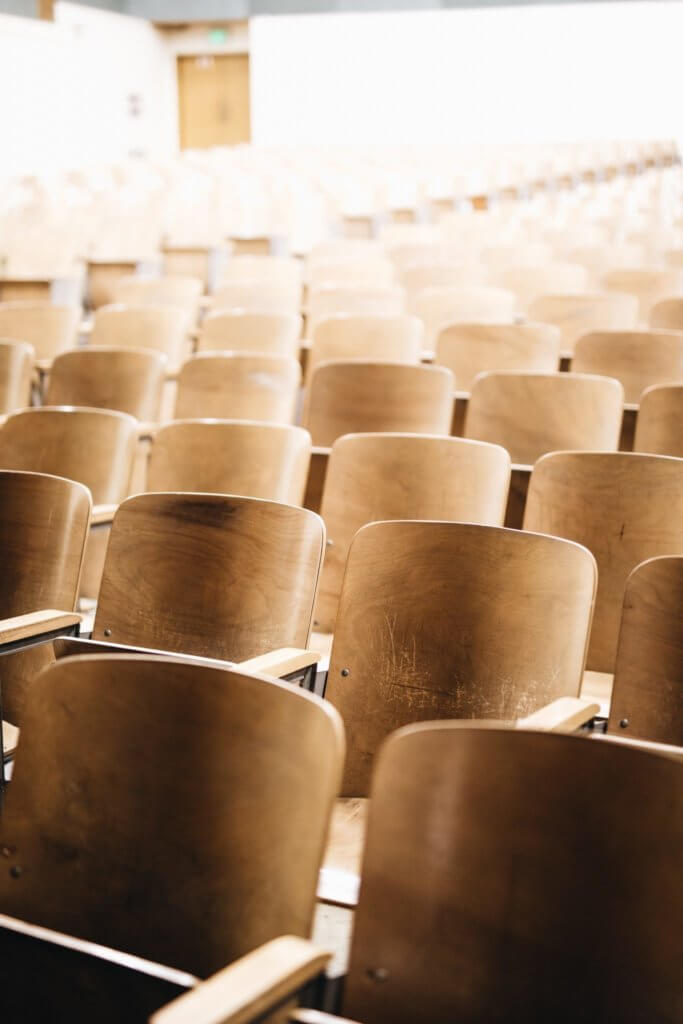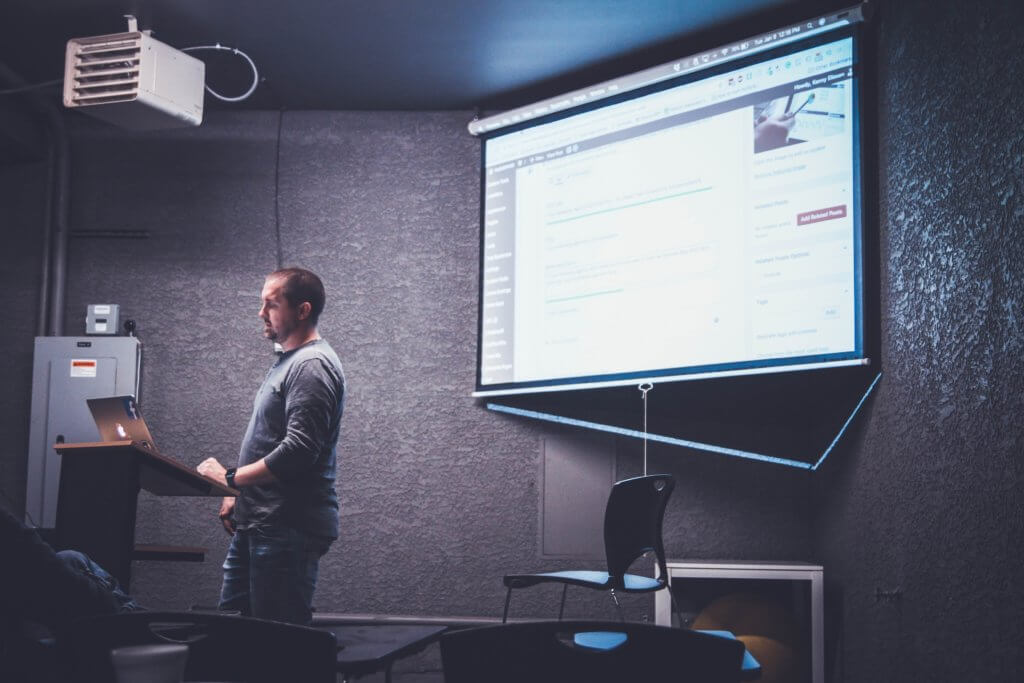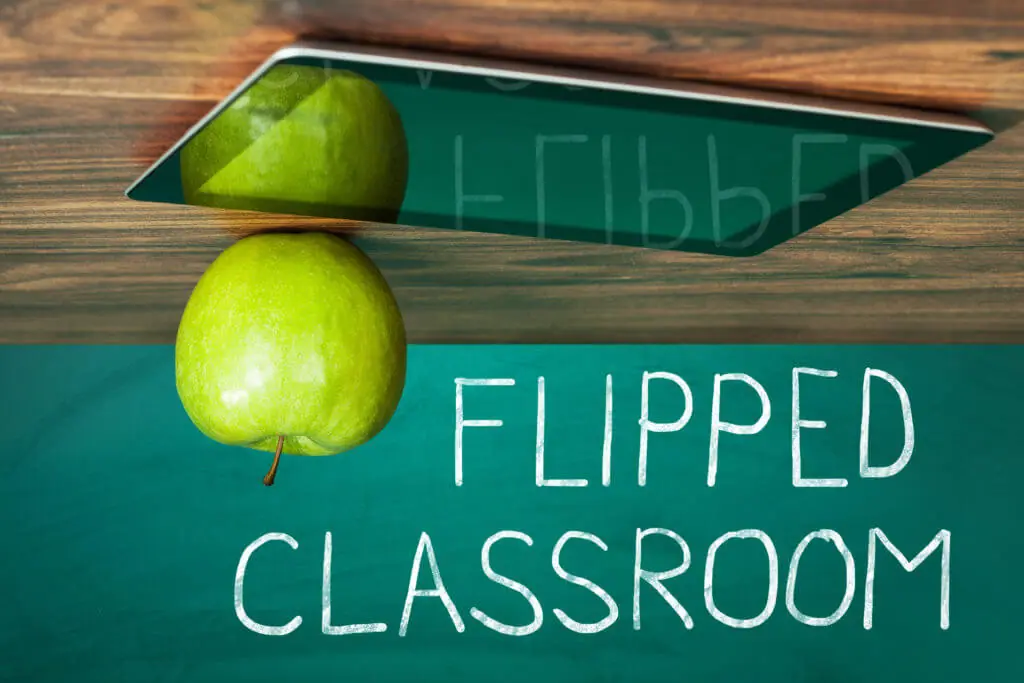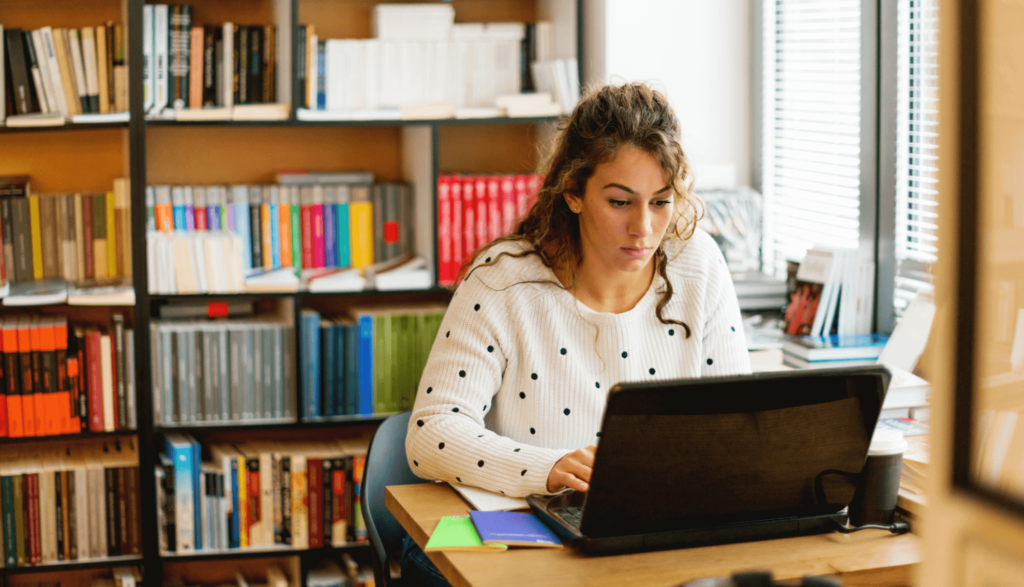
February 28, 2023
Blended Learning vs. Flipped Classroom Models
Blended learning combines both online teaching and instruction with face-to-face, or traditional classroom-based instruction. This can take a number of forms, but in general, students have some control over the place, path, and place of...

